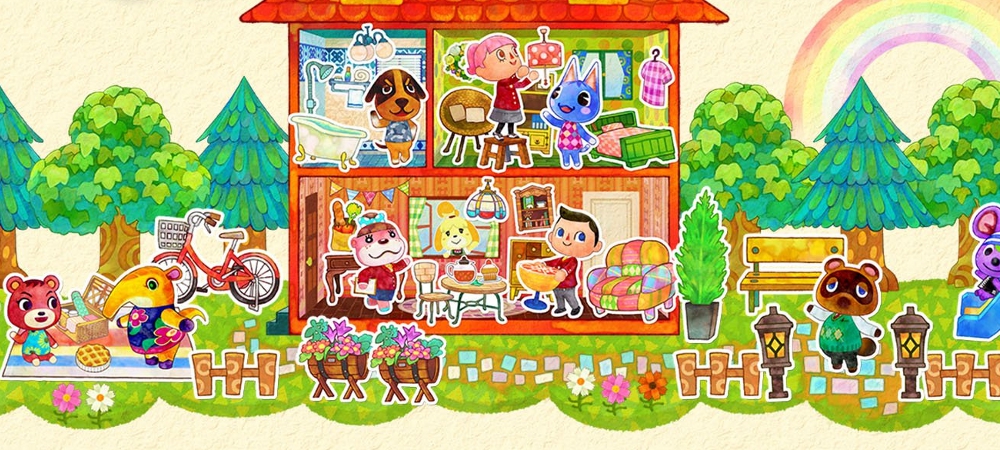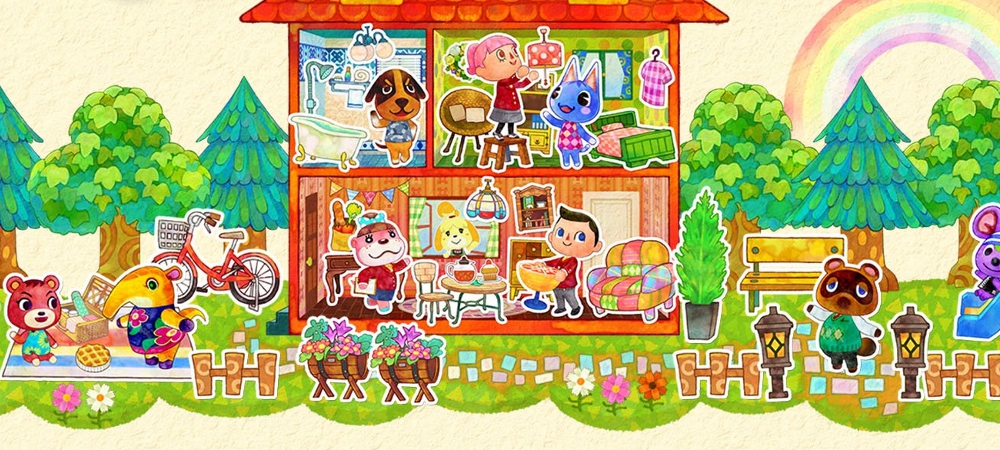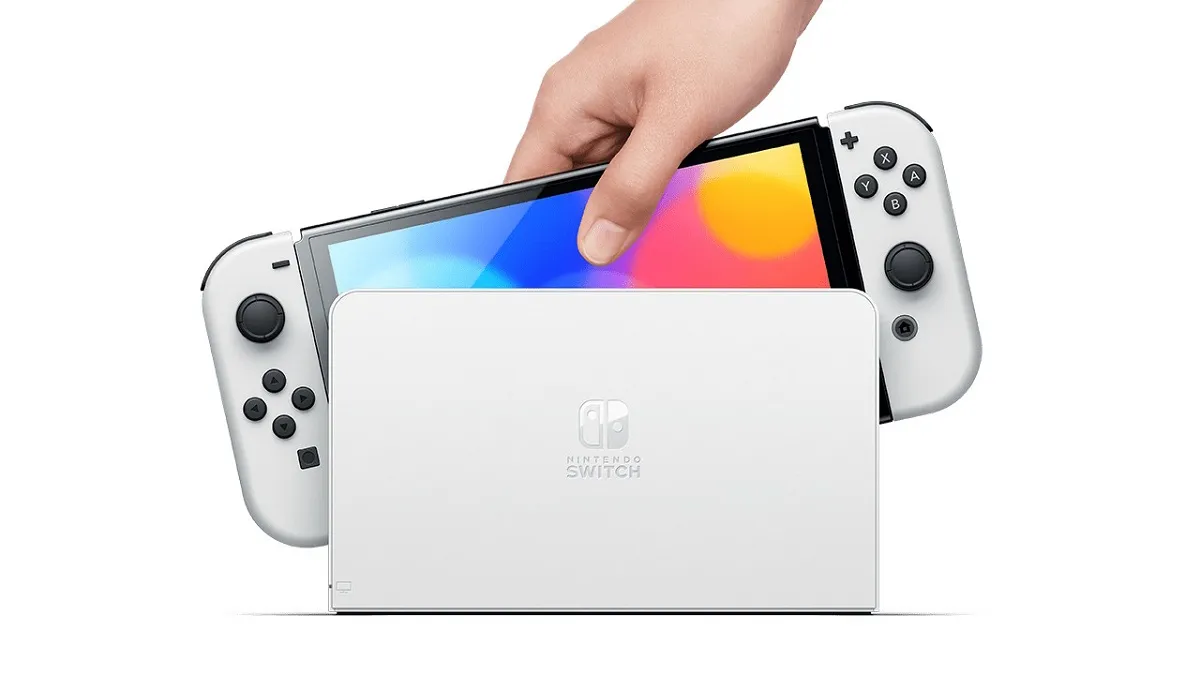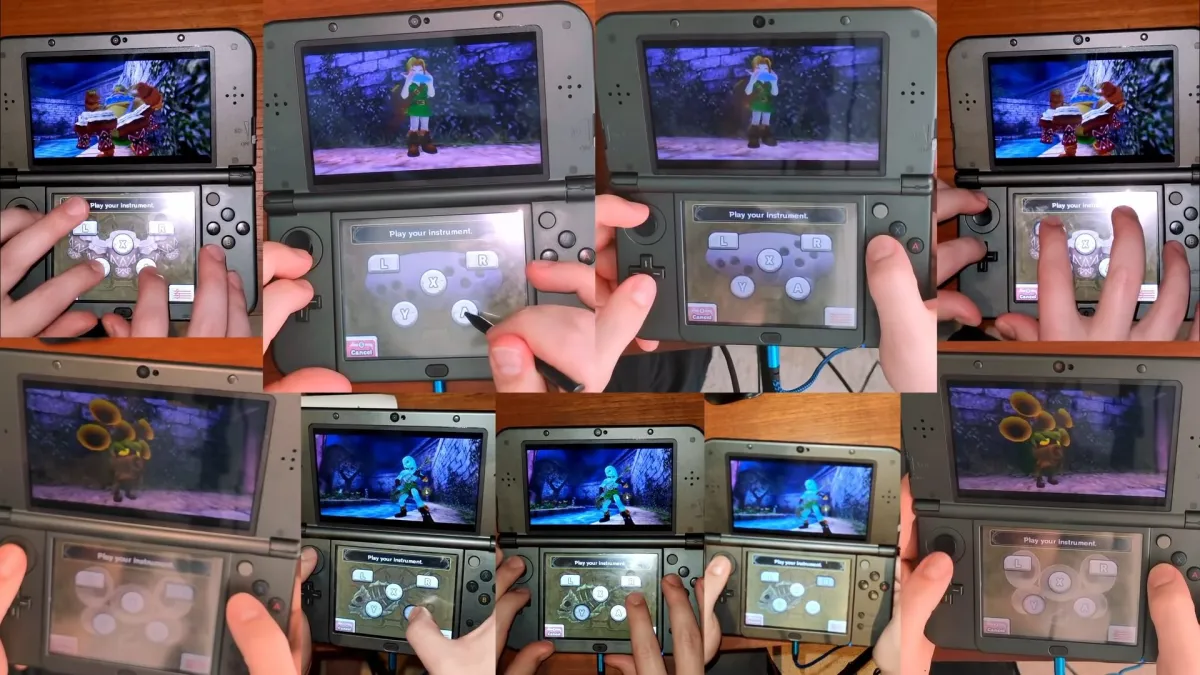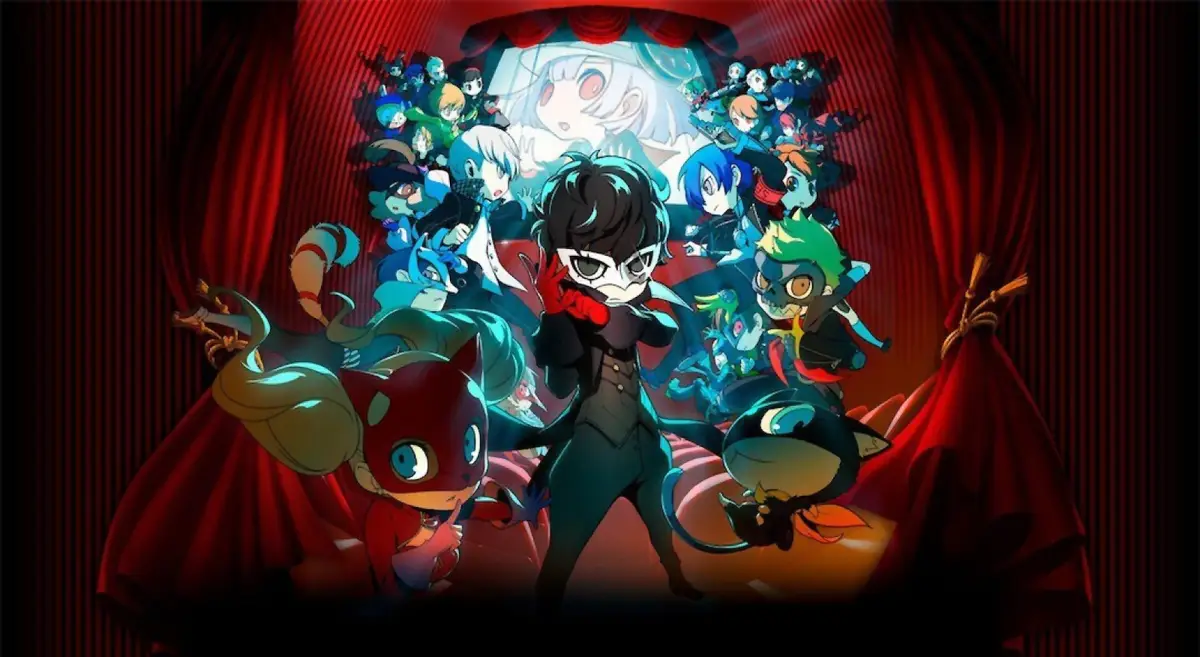Comfortable living
Animal Crossing‘s home design feature was actually the thing that got me hooked on the series in the first place. Back when I was addicted to building houses in The Sims, one of my friends came over for a visit and brought along his GameCube and a copy of Animal Crossing. I watched him mess around for a bit, putting fish- and fruit-themed furniture in his house and moving it around, and I immediately thought, “I need to get this game so I can decorate my own house!”
There was more to Animal Crossing than just home design, of course. But now, with Happy Home Designer, we have an Animal Crossing game that really is just about interior decorating. They took one of my favorite aspects of the original games and turned it into a standalone title, and while it’s missing that overwhelming sense of freedom afforded by previous titles, it still holds up fairly well by solely focusing on this one mechanic.

Animal Crossing: Happy Home Designer (3DS)
Developer: Nintendo
Publisher: Nintendo
Release Date: September 25, 2015
MSRP: $39.99
Happy Home Designer puts the player in the role of interior decorator as an employee of the Happy Home Academy. It’s your job to listen to clients’ requests, fulfill their needs, and add your own bit of flair to their home designs. There are more than 300 villagers in need of decorating advice, and Isabelle will visit with requests to design public facilities around town.
Each villager request will have a special theme to follow pertaining to their vision of an ideal home, such as “a tropical resort,” “a forest of books,” or “a bamboo playground.” They’ll bring along a few pieces of their favorite furniture which must be used in the design, but the rest is up to you. Design their yards, the exterior of their homes, and of course the inside as well, and try to fit the theme to make the clients happy.
Isabelle will also drop by occasionally with requests to design larger public spaces, such as restaurants, schools, hospitals, and more. Many of these buildings have multiple rooms to decorate, each with their own set of requirements. These were the most fun for me, because I got to use items which I never wanted to use in my own home in previous Animal Crossing games, and the layouts were a lot different than what I was used to working with, so everything felt new to me.
Every new request adds new items to the catalog of furniture at your disposal. Any of these new items are sure to make the client happy, although ultimately it really doesn’t matter too much. They will be pleased as long as the furniture they brought along is used, and it’s actually not possible to say that the house is finished until those items have been placed, so there’s really no way to make any of the clients unhappy.
This was the most disappointing thing about the game to me. I was hoping to be graded on my designs, with the ability to make clients happier with more thoughtful interior decorating skills or upset if their house turned out to be a disaster. In reality, they’ll be just as happy if you take time designing a beautiful house as they will be if you walk in, unpack their boxes, and say that everything is finished without adding or moving anything at all. It’s terribly unsatisfying, but I suppose it does give players the freedom to play however they like without the fear of upsetting any of the villagers.
Fortunately, your designs can be graded by other players if you choose to upload them to the Internet via the Happy Home Network. Houses and public facilities can be rated by four different categories: cuteness, coolness, uniqueness, and the “I’d live here!” factor. If you find an interesting design online, you can visit that person’s house to walk around and check it out before giving an assessment. It’s a pretty neat feature and a good way to get some feedback, but it’s not quite the same as having the game score your designs.

That being said, designing rooms is still super fun, and easier than ever to do. Just drag, drop, and rotate furniture with the touch screen, add more items from the catalog, duplicate items with the L and R buttons, drag unwanted stuff to the trash can, and voila! No more slowly pushing and pulling furniture into place (but you can do that too if you want). Also, there are no bells to worry about, so the only limit to the amount of items which can be added to a room is the space afforded by the floor plan. Decorating rooms in Animal Crossing has never been simpler. There are also options to add ceiling fixtures, create your own custom designs, have Cyrus refurbish stuff, add background noise other than music, and more which can all be unlocked with Play Coins.
Once a house or public space is finished, you’re free to go back and visit it whenever to hang out with the residents or offer a remodel (although public spaces can only be remodeled after they have all been built). Villagers who have been helped already can be found walking around town, and new potential clients can also be found wandering around with thought bubbles above their heads. Finished public spaces will also be used by villagers, and their roles within the buildings can be chosen by the player (meaning you can decide which villagers are customers or employees).
Happy Home Designer features support for amiibo cards. The game includes one amiibo card to start with, and more can be bought in packs for $5.99. The cards can be used to design homes for special villagers who wouldn’t normally come by as clients. I got Lyle’s card, for example, a higher-up at the Happy Home Academy, so I got to decorate my coworker’s home. The cards can also be used to summon villagers to public spaces, so the town can be populated by all of your favorite villagers.

That’s essentially all there is to Happy Home Designer. Just design homes and admire the finished projects. But even for such a simple idea, I still find myself going back in to see which villagers are looking for a new home and how interesting their theme sounds. It’s strangely addicting, and designing homes for some of the more offbeat villagers like the mad scientists, wrestling fanatics, and criminal masterminds is really fun.
I just wish they had built in some kind of grading rhetoric for how well your designs resonated with the clients. There has always been a grading mechanic for your own homes in previous Animal Crossing games, where the Happy Home Academy would award points based on how well the furniture fit together, how everything was arranged, and so forth. It’s strange they would scrap that idea for a game built entirely around the Happy Home Academy, but that’s the way it is.
I would recommend Happy Home Designer for anyone who really enjoys designing and decorating virtual spaces. If finding the perfect furniture for your house in Animal Crossing was your favorite part of the series, then you’ll surely get some enjoyment out of this game.
[This review is based on a retail build of the game provided by the publisher.]
